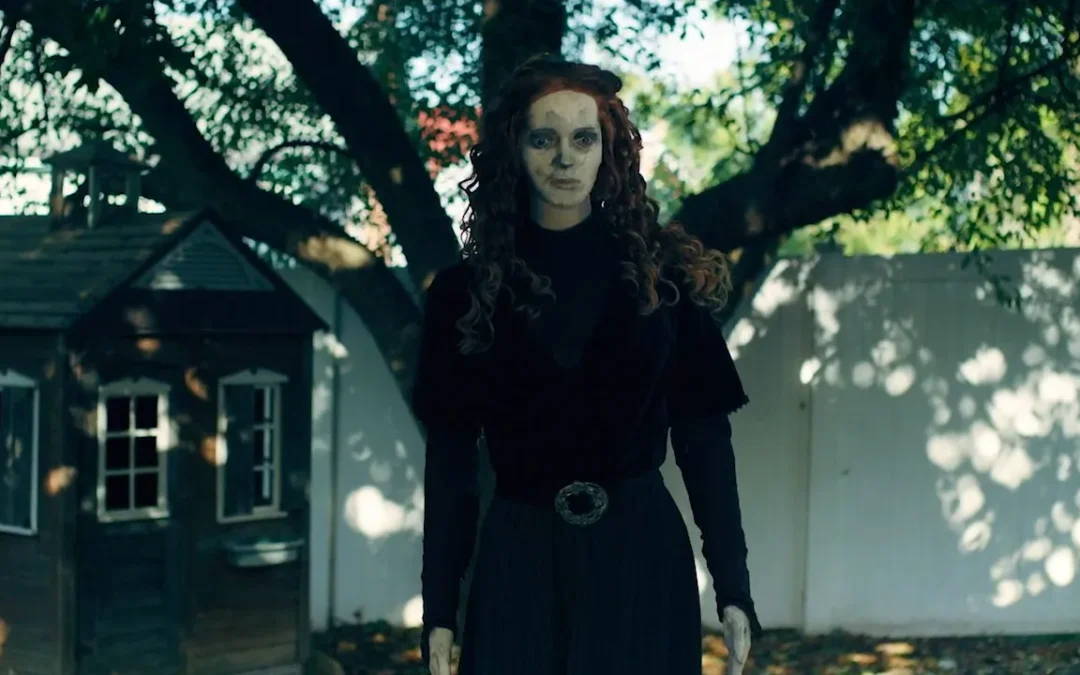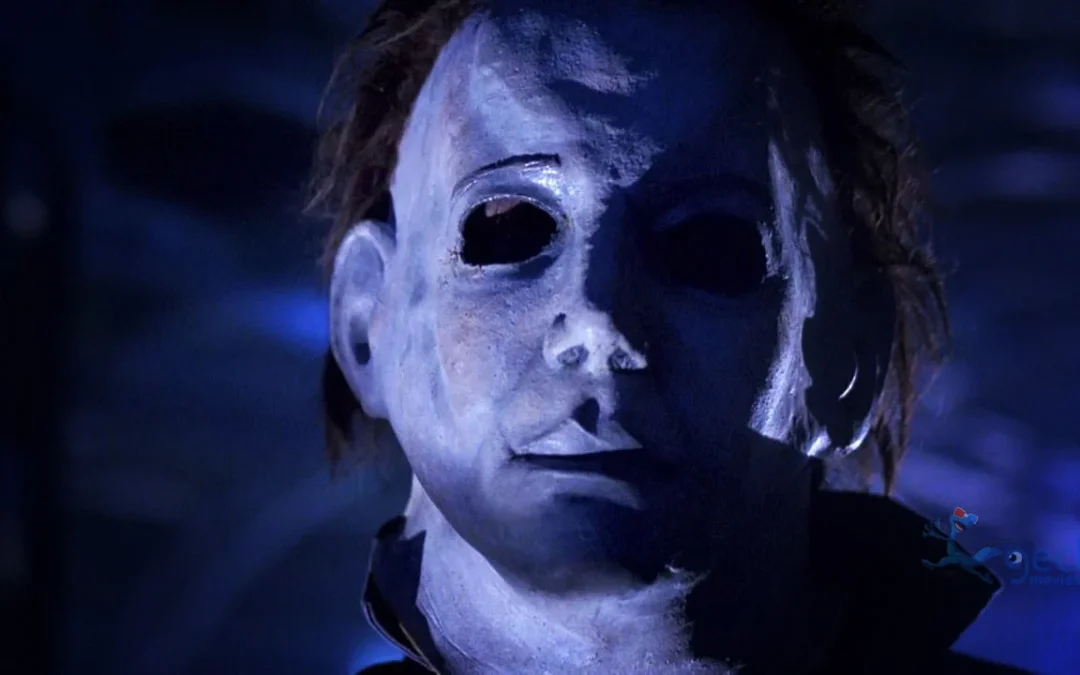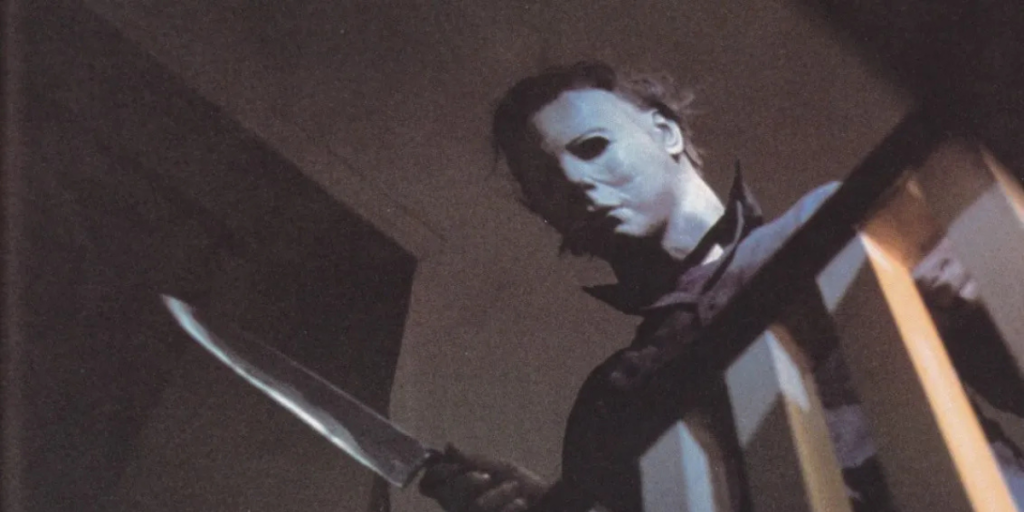Horror movie villains have terrified audiences for decades. These chilling characters are more than just masked killers or supernatural entities—they represent our deepest fears, societal anxieties, and cultural shifts. From the gothic monsters of the silent film era to the relentless slashers of the 1980s and the modern psychological terrors, the evolution of horror movie villains mirrors our changing world.
In this article, we explore the complete history of horror movie villains, their rise to cinematic fame, and how they’ve become timeless icons of fear. Whether they’re driven by vengeance, madness, or something more sinister, horror movie villains continue to haunt our screens and imaginations.
The Birth of Horror Movie Villains: Silent Era and Classic Monsters
The origins of horror movie villains date back to the silent film era. In the 1920s, German Expressionism gave us films like The Cabinet of Dr. Caligari (1920) and Nosferatu (1922), introducing early horror movie villains with exaggerated features and eerie behaviors. Count Orlok, the vampire in Nosferatu, is one of the first iconic horror movie villains, haunting viewers with his grotesque appearance and predatory nature.
By the 1930s and 1940s, Universal Pictures cemented the foundation of horror movie villains with the “Universal Monsters.” This golden age introduced:
- Dracula (1931) – Bela Lugosi’s portrayal of the vampiric count became the blueprint for horror movie villains with charm and menace.
- Frankenstein’s Monster (1931) – Boris Karloff’s interpretation added a tragic element, showing that horror movie villains can be sympathetic.
- The Mummy (1932) – Imhotep was an early supernatural horror movie villain driven by lost love and revenge.
- The Wolf Man (1941) – Introduced themes of uncontrollable transformation and internal horror.
These classic horror movie villains laid the groundwork for future generations, combining horror with humanity and creating characters that were both frightening and memorable.
Atomic Age and Alien Menace: 1950s Sci-Fi Horror Villains
After World War II and during the Cold War, horror movie villains evolved to reflect fears of nuclear annihilation, communism, and the unknown. The 1950s brought a wave of sci-fi horror films featuring monstrous villains born of science gone wrong.
Films like Them! (1954), featuring giant irradiated ants, and The Blob (1958), with its amorphous, unstoppable creature, showed horror movie villains as symbols of uncontrollable modern technology. These villains weren’t always humanoid, but their presence captured national paranoia.
Alien invaders became a recurring theme. In Invasion of the Body Snatchers (1956), the horror movie villains are indistinguishable from ordinary people, reflecting fears of infiltration and loss of individuality. These villains signified a departure from the gothic roots of horror and ushered in a new kind of fear: one grounded in science and societal anxiety.
The Birth of the Slasher: 1960s–1970s Psychological Horror
The 1960s brought a seismic shift in how horror movie villains were portrayed. Instead of monstrous creatures, filmmakers began exploring the darkness within the human mind.
Norman Bates in Psycho (1960), directed by Alfred Hitchcock, redefined horror movie villains. With his boyish charm and hidden psychosis, Norman was one of the first cinematic killers to embody psychological horror. His chilling duality laid the foundation for countless future villains.
Leatherface in The Texas Chain Saw Massacre (1974) brought raw brutality to horror. Loosely inspired by real-life murderer Ed Gein, Leatherface introduced a chaotic, nihilistic energy that pushed the genre into more extreme territory.
Michael Myers debuted in Halloween (1978), a film that revolutionized horror. With his blank mask and silent demeanor, Michael embodied the idea of pure evil. He became the prototype for slasher horror movie villains—unstoppable, unfeeling, and terrifying.
This era marked the shift from external threats to internal horror. Horror movie villains no longer had to be supernatural—they could be your neighbor, your family member, or even yourself.
The Golden Age of Slasher Horror Movie Villains: 1980s
The 1980s were the golden age of slasher films and horror movie villains. This decade saw a boom in franchises that introduced some of the most iconic villains in cinematic history.
- Jason Voorhees (Friday the 13th, 1980) – Initially only a memory, Jason became the hockey-mask-wearing killer synonymous with campfire horror. He brought a supernatural edge to slasher horror movie villains, often resurrected and nearly invincible.
- Freddy Krueger (A Nightmare on Elm Street, 1984) – A burned killer who haunts dreams, Freddy combined psychological terror with dark humor. Unlike the silent killers before him, Freddy taunted his victims, making him a uniquely terrifying horror movie villain.
- Chucky (Child’s Play, 1988) – A doll possessed by a serial killer’s soul, Chucky was both absurd and disturbing. His small size belied his deadly nature, and he became one of the most recognizable horror movie villains of the era.
- Pinhead (Hellraiser, 1987) – As the leader of the Cenobites, Pinhead offered a more philosophical brand of terror. He wasn’t just about pain—he represented desire, obsession, and the cost of forbidden knowledge.
These horror movie villains weren’t just killers; they were brands. Franchises exploded in popularity, with sequels, merchandise, and loyal fanbases. Each villain had their own mythology, expanding their presence beyond a single film and into pop culture legend.
Reinventing the Genre: 1990s Meta Horror and Serial Killers
The 1990s brought a self-aware twist to the genre. Audiences had grown familiar with the tropes of horror movie villains, and filmmakers began to deconstruct them.
Ghostface in Scream (1996) revitalized slasher films by embracing meta-horror. The killers behind the mask changed from film to film, but the concept remained: horror movie villains can be anyone, and horror movies have rules. Scream acknowledged the genre’s clichés while cleverly subverting them.
Hannibal Lecter in The Silence of the Lambs (1991) blurred the line between horror and thriller. Lecter was refined, intelligent, and manipulative—a villain who used charm as a weapon. Unlike the supernatural slashers of the ’80s, Hannibal Lecter was horrifying because of his realism. He reminded us that some of the most dangerous horror movie villains walk among us unnoticed.
2000s–2010s: Found Footage, Torture, and the Rise of New Icons
The turn of the century saw horror experiment with new formats and tones. Found footage films like The Blair Witch Project (1999) and Paranormal Activity (2007) redefined how horror movie villains could be portrayed. The threat was unseen, intangible, and psychologically invasive.
Meanwhile, the “torture porn” subgenre introduced villains like Jigsaw from the Saw franchise. Unlike typical slashers, Jigsaw didn’t kill his victims outright but placed them in moral “tests.” This elevated the horror movie villain from mindless killer to twisted philosopher. Jigsaw’s complex motivations challenged viewers to think deeper about justice, punishment, and redemption.
Samara from The Ring (2002) became one of the most memorable horror movie villains of the new millennium. A ghost with a haunting videotape, Samara combined technology with supernatural horror, ushering in a wave of American remakes of Japanese horror.
The Modern Age: Psychological, Elevated, and Social Horror
Modern horror embraces complexity. Horror movie villains are no longer always the focus—they can be metaphors, systems, or even the protagonists themselves.
Films like Hereditary (2018) and Midsommar (2019) brought “elevated horror” into the mainstream. Their villains, like Paimon’s cult or the Harga community, reflect deeper themes of grief, loss, and manipulation.
The Tethered in Us (2019) are a literal manifestation of social inequality. Jordan Peele’s horror villains expose real-world horrors, such as racism, classism, and systemic oppression. These villains don’t just scare—they provoke thought.
Even traditional horror movie villains are evolving. Art the Clown in Terrifier (2016, 2022) is a modern slasher who combines the brutality of Leatherface with the theatricality of Freddy. He represents a return to physical horror while pushing boundaries of gore and discomfort.
What Makes Horror Movie Villains So Timeless?
Horror movie villains endure because they adapt. They evolve with culture, technology, and psychology. They reflect what society fears most—be it the unknown, the other, or ourselves.
A great horror movie villain possesses some or all of the following traits:
- Iconic Design – Memorable visuals like Freddy’s glove, Jason’s mask, or Chucky’s red hair.
- Motivation – Whether it’s revenge, ideology, or sheer chaos, their reasoning adds depth.
- Mystique – Often, the less we know, the scarier they become.
- Presence – A great horror movie villain doesn’t just kill—they command the screen.
- Legacy – Their impact lasts beyond the film, influencing pop culture and future storytelling.
The Future of Horror Movie Villains
Horror movie villains have come a long way since the silent film era. From classic monsters to modern psychological terrors, they’ve continuously reshaped our fears and expectations. As technology and society evolve, so too will the villains that haunt our nightmares.
Whether it’s through blood-soaked rampages, chilling whispers, or philosophical dilemmas, horror movie villains will always have a place in our collective imagination. They remind us that fear is universal, but the form it takes is ever-changing.
So next time you dim the lights and press play, remember—horror movie villains are more than characters. They are the shadows of our time, always lurking, always watching, and always ready to strike.



